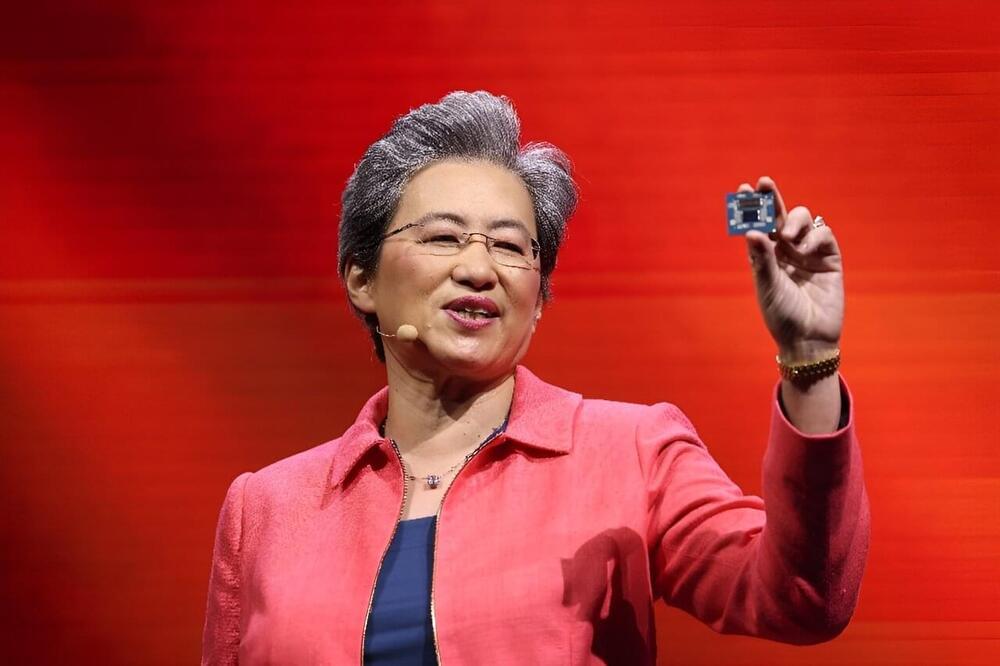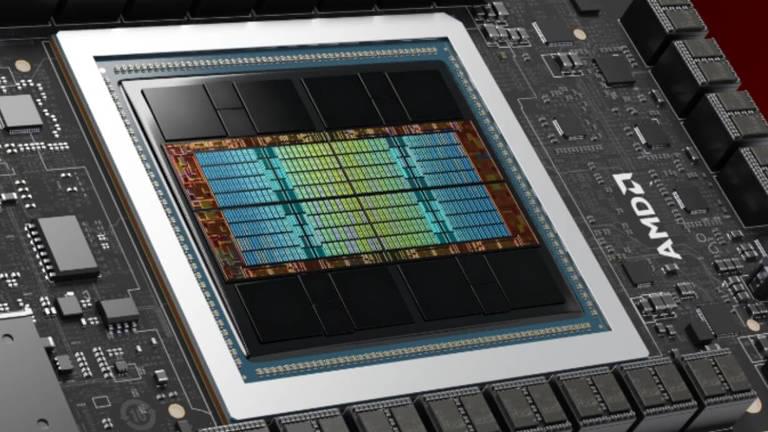AMD on Monday announced its new artificial intelligence chips for everything from cutting-edge data centers to advanced laptops, ramping up its challenge to the runaway market leader Nvidia.
Demand has exploded in the past two years for the specialized processors that help develop, train and run AI applications such as ChatGPT.
AMD has emerged as one of Nvidia’s most serious contenders and CEO Lisa Su said the firm’s next-generation processors will rival the top offerings from competitors.








